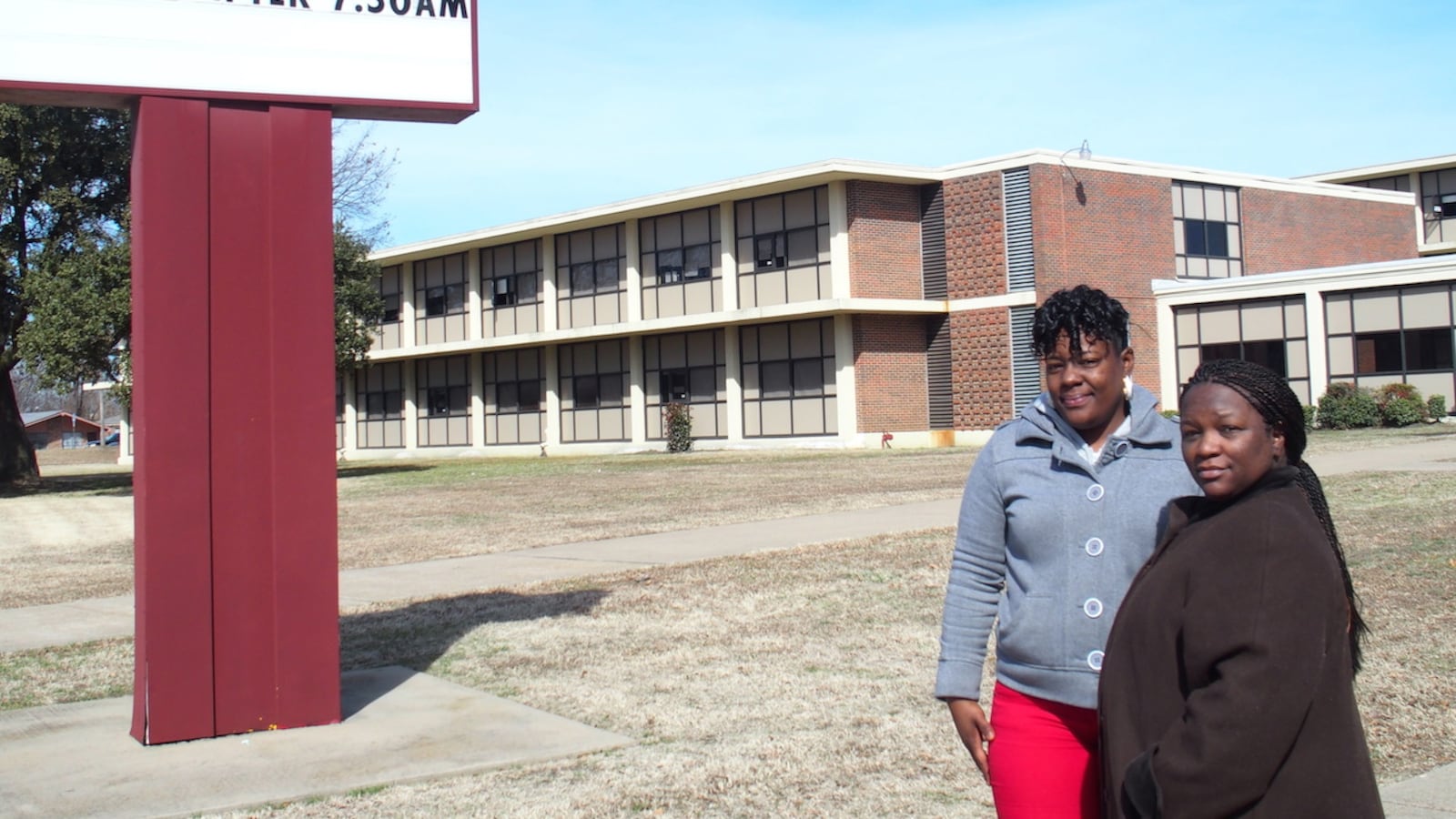Superintendent Dorsey Hopson wants to build three new schools, but he also wants to close seven others in Shelby County Schools.
Hopson presented his plan last week to begin realigning bloated facilities with shrinking enrollment in Tennessee’s largest district. Next week, school board members will discuss the merits of the proposal before a scheduled Dec. 6 vote.
Here are 10 stories to help you prepare for such discussions. They examine what Hopson is proposing, why Memphis has closed schools in recent years, and what’s at stake as district leaders anticipate shuttering up to 24 schools over the next five years.
Close, build, consolidate. Hopson’s massive overhaul would impact 13 schools. It’s all in the details. Under Hopson’s proposal, seven schools would be closed, five of which would involve consolidations that would require building three new schools. Some students would be rezoned from other schools. In all, up to 4,600 students could be impacted.
Here are Memphis schools closed since 2012. If you want to understand where you’re going, it’s wise to remember where you’ve been. School closures have been an annual event in recent years due to shrinking enrollment, aging and under-utilized buildings, yearly budget shortfalls, and the steady addition of charter schools, including those within the state-run Achievement School District. Our list allows you to sort shuttered schools by final year of operation and the percent of facility used by its student population.
Here’s why the next round of school closings won’t be just about saving money. Decisions to close Memphis schools frequently have coincided with budget talks. But they shouldn’t. It’s hard to say whether closing schools actually saves money in the long run. Hopson and board members have said that, going forward, improving academics should be the primary driver in deciding which schools to shutter and which ones to keep open. That would be a paradigm shift in a city that in recent years has used a “kitchen sink” approach to closing schools based on multiple pressures.
Analysis: Memphis students from closed schools don’t always go to better ones. Many schools that would be impacted under Hopson’s newest plan are low-performing ones in the state’s bottom 10 percent of schools. In the past, the assumption has been that closing low-performing schools will cause students to end up in better ones. But that’s not necessarily the case, according to data on neighborhood schools shuttered since 2012.
Can closing schools boost academic achievement? Memphis leaders track students to find out. District leaders have begun tracking the academic performance of displaced students in their new schools. But the state’s partial cancellation of last year’s standardized TNReady test didn’t help.
Low enrollment a telltale for closing Memphis schools. Here’s what the numbers show. While district leaders say academics should be the main driver, a Chalkbeat analysis shows that shrinking student enrollment has been a primary factor in shuttering 20 schools since 2012, two thirds of which had been on the state’s list of lowest-performing schools.
Memphis schools don’t have 27,000 empty seats as Hopson cites — but they could in five years. Here’s why one of the most frequently touted numbers to justify changes isn’t exactly what you think.
Shelby County Schools says it needs to close more schools. Here are 25 that are at risk. Here’s our “watch list” of Memphis schools that already have three strikes against them, based on a Chalkbeat analysis of district data.
Half of Memphis schools closed since 2012 stand empty, with more closures on the way. It’s one thing to close schools; it’s another thing to figure out what to do with the empty buildings. Check out our interactive map and use the scroll-down feature to see the status of former buildings that once housed neighborhood schools.
Before closing more Memphis schools, board members want four questions answered. Even before Hopson unveiled his new plan, school board members began talking with the superintendent and his cabinet about the best way to close schools. Specifically, board members outlined four issues that will help guide their decisions, which may offer a peek at how they’ll vote on proposed closures.
Chalkbeat reporters Laura Faith Kebede and Caroline Bauman contributed to this report.

